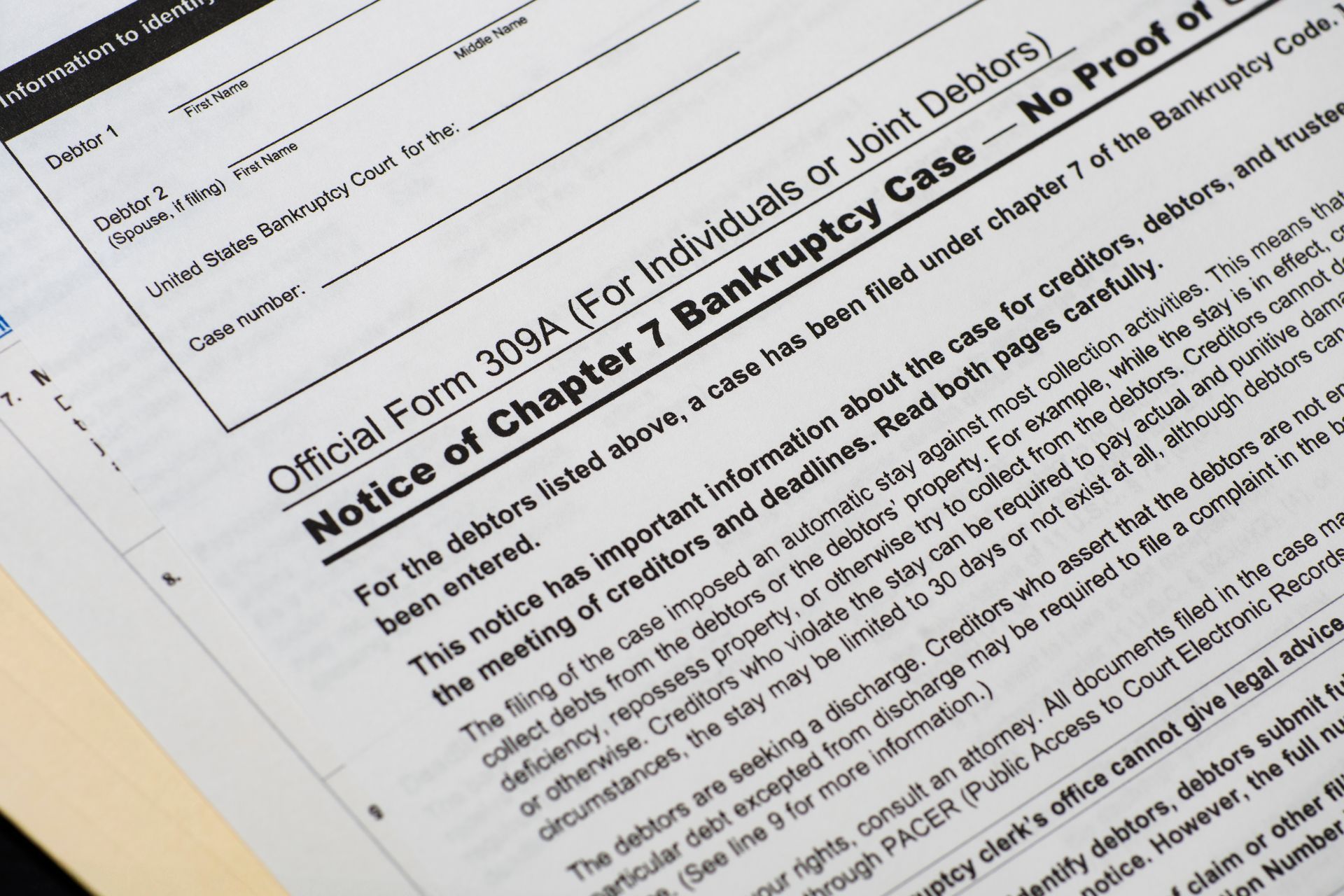Understanding Child Custody in Texas: What Parents Need to Know
When facing a divorce or separation involving children, one of the most emotionally charged and complex issues is child custody. At Davis, Ermis & Roberts, P.C., we know how important your children are to you—and we’re here to help guide you through the legal process with compassion and clarity.
Whether you’re beginning to navigate a custody arrangement or modifying an existing one, it’s essential to understand how Texas law defines and determines custody.
What is “Custody” in Texas?
In Texas, the legal term for custody is “conservatorship.” There are two main types:
- Joint Managing Conservatorship (JMC): This is the most common arrangement and means both parents share rights and duties. It doesn’t necessarily mean equal time, but it does reflect the court’s desire for both parents to be involved in the child’s life.
- Sole Managing Conservatorship (SMC): One parent is granted the majority of legal rights and responsibilities, often in cases involving abuse, neglect, or a history of absent parenting.
How is Custody Decided?
The court’s primary concern is always the best interest of the child. Some factors that are considered include:
- The child’s physical and emotional needs
- Each parent’s ability to care for the child
- Stability of each home environment
- The child’s preference (usually if the child is 12 or older)
- Any history of family violence or substance abuse
Texas courts encourage cooperation between parents but will intervene when necessary to protect a child’s wellbeing.
Possession and Access (Visitation)
Even if one parent is the primary conservator, the other parent typically has visitation rights (called “possession and access” in Texas). The Standard Possession Order (SPO) is a default schedule used by the courts, though customized plans can be created to better fit a family’s needs.
Modifying a Custody Order
Life circumstances change. If your custody arrangement is no longer working—for example, due to a move, a change in work schedule, or safety concerns—it may be time to seek a modification. This requires showing that there has been a material and substantial change in circumstances and that the modification is in the child’s best interest.
Why Legal Representation Matters
Custody cases can be emotionally overwhelming and legally complex. Having an experienced family law attorney ensures that your rights are protected and that your child’s best interests are kept at the center of the process.
At Davis, Ermis & Roberts, P.C., we’ve helped families across Tarrant County and Dallas County as well as the greater DFW area resolve their family law matters with skill, integrity, and compassion. We are conveniently located in the heart of the metroplex with offices in both Arlington, Texas and Grand Prairie, Texas. Whether you’re seeking custody, modifying an existing order, or simply want to understand your rights, we’re here to help.
Need Help With a Custody Matter?
Contact Davis, Ermis & Roberts, P.C. today to schedule a consultation. Call (817) 265-8832


